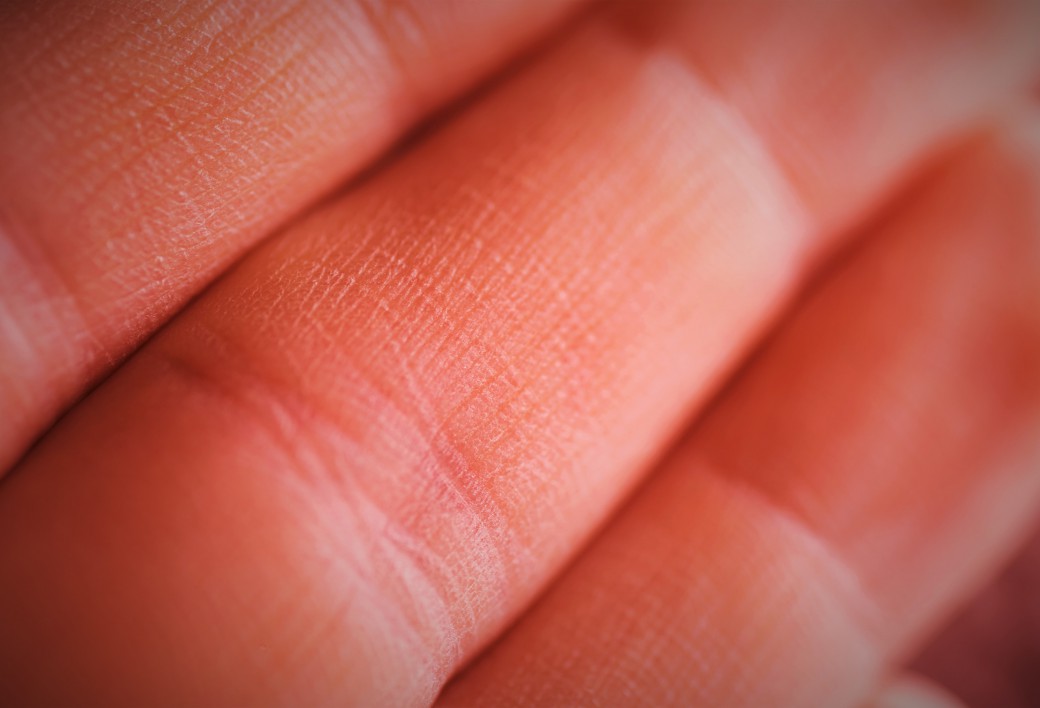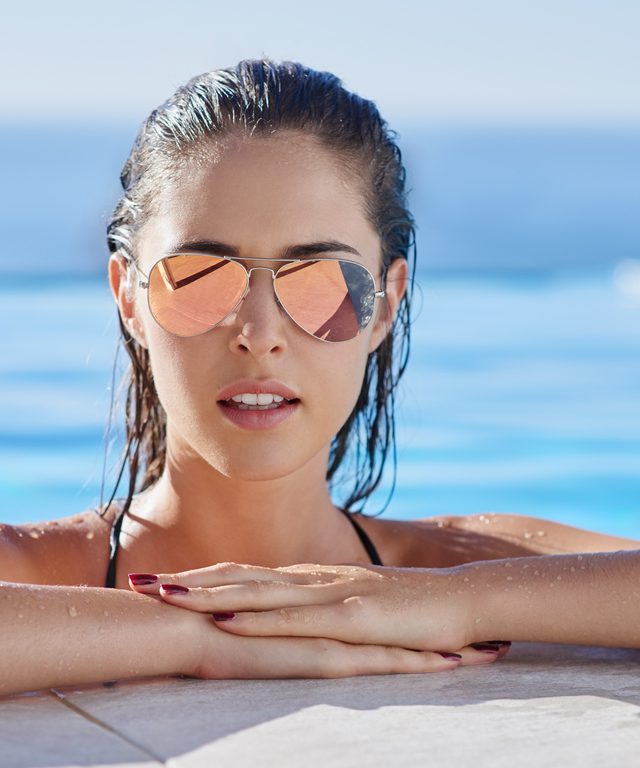Testing on humans and animals is unethical but beauty products need to be tested to make sure they are safe and effective. That’s why L’Oréal has been producing human skin at their labs in France since the 80s.
But the cosmetics giant wants to take their skin production to the next level. Aiming to increase speed and quality, L’Oréal has recently announced that they are teaming up with the 3D bioprinters at Organovo to begin 3D printing human skin.
Until now, L’Oréal has been developing their own testable human skin from tissues donated from plastic surgery patients. Though they have managed to make nine different types of skin to cover various ages and ethnicities, the process is long and pricey (it takes about one week to produce a small 0.5 cm sample that costs over $70).
The proposed plan with Organovo will give L’Oréal much more skin much faster and at a much higher quality. 3D bioprinting is incredibly accurate and the fact that human skin forms in layers means that 3D printing will easily be able to mimic the structure of natural skin.
Using 3D printed skin that is as close to the real thing as possible will prove to give significantly more accurate test results for various products, especially compared to animal testing since animal skin often varies in many respects from human skin.
More importantly, 3D skin printing has the potential to end animal testing altogether. While many companies have taken a stand against animal testing over the past few decades thanks to animal rights activists, the truth is that animal testing still happens.
In China, for example, all imported cosmetics require animal testing before being released into the market. In 2014 the country implemented laws that allow domestic cosmetic companies to choose their method of testing, marking the country’s well overdue shift toward banning animal testing altogether. But still, all imports must be tested on animals, including L’Oréal products.
L’Oréal explicitly states on their website that they do not use any animal testing on any of their products anywhere in the world. However, they also note that “an exception could be made if regulatory authorities require it for safety or regulatory purposes.” So despite the company’s stand against animal testing, animals are still not safe from L’Oréal products in countries like China.
3D printing human skin is a reliable, efficient and affordable alternative to testing on animals. Though it may sound weirdly sci-fi and futuristic, the fact remains that 3D printing human skin could mean a natural decrease in animal testing.











